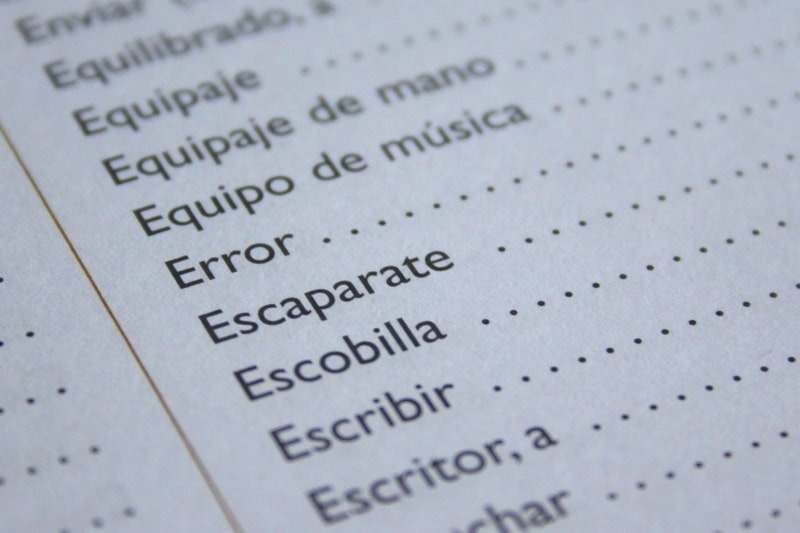
In today’s world, dentists treat patients from different cultural, linguistic, and socio-economic backgrounds. Modern-day treatments emphasize a shared decision-making process that requires communication between the dentist and the patient. The dentist’s ability to communicate in their patient’s language is important in building a strong dentist-patient relationship.
Having a patient who speaks a different language can be intimidating for a dentist, but it doesn’t have to be. Spending time learning about your patient’s cultural differences, preparing translated paperwork, and arranging for an interpreter or interpretation solution will go a long way in communicating with your patient. The following tips will help you and the patient feel more prepared when a language barrier exists.
Use an interpreter
When working with an interpreter, speak directly to the patient and their family, not the interpreter. For example, do not look at the interpreter and ask them if they can ask the patient a question. Instead, look at the patient and ask your question. This keeps the discussion patient-focused, helps you build rapport, and helps you connect with the patient. You want to keep the patient engaged and make them feel that they are your main priority. By focusing on the interpreter, the patient can feel disengaged with the conversation. Legally, an interpreter should be available in person, via video chat, or by phone. You do not need to hire a professional interpreter; however, it is recommended to have staff who speak the language that is prominent in your area. When speaking with the interpreter, speak slowly, and clearly to ensure your information is understood.
Learn the basics of the language
Learning a few short phrases can be beneficial when working with a patient who speaks a different language. Learn phrases like hello, how are you, pleased to meet you, thank you, and goodbye. Even a few small phrases can help put your patient at ease and show that you took time to learn even a basic amount of their language. This shows you care and can help build rapport with your patient. You can use online programs and applications to learn basic greetings and salutations. You will also want to learn a few language terminologies in your field. This will help you get the medical information across easier and will be more beneficial for the patient.
Use written materials
Written documents are key in making sure the information your patient needs to know is understood. You should have translated documents for your patients ready for after their procedures. These documents are necessary for at-home after-care and prescription directions. There are a variety of medical translation services that can be used to have the translated documents available. You can also have a native-speaking person of that language at your office translate your after-care documents for you and have them typed out for your patients.
Check for understanding
A dentist always needs to make sure the patient understands the information they are telling them. You should never assume that the patient or family member understood you. To ensure that you and your patient are on the same page, use the teach-back method. Have the patient and family member explain back to you the information you just gave. Using this method will allow you to know they understand any procedures or at-home care information.
Use gestures
Communication is not just verbal. Using gestures can help demonstrate the information you are passing on. Head nodding, facial expressions, hand gestures, touch, and demonstration gestures are all universal ways of communicating. You should be aware of culturally inappropriate body language or hand gestures before they arrive, so you don’t accidentally offend the patient. You can learn this by doing a simple online search or speaking with a person from that part of the world.
Communication is key when working with patients. The dentist needs to inform their patients of any procedures, medications, and after-care procedures to ensure they are receiving all the necessary care. By using these tips, you can be sure you are effectively communicating with patients who speak different languages.
ABOUT THE AUTHOR
Dr. Edward Harsini is the owner of Smile Dental Clinics in Phoenix, Arizona. He graduated from the University of Missouri-Kansas City Dental School in 1998. He is certified by UCLA Aesthetic Continuum, The 3M Imtec Mini Dental Implants, and GRU/AAID Maxi-Course Implant Dentistry.
RELATED ARTICLES
Artificial Intelligence Goes Back to the Future
Three Must-Read Books for Dentists Who Want to Stress Less
Teledentistry Can Help Us Solve Dentistry’s Access to Care Challenges











